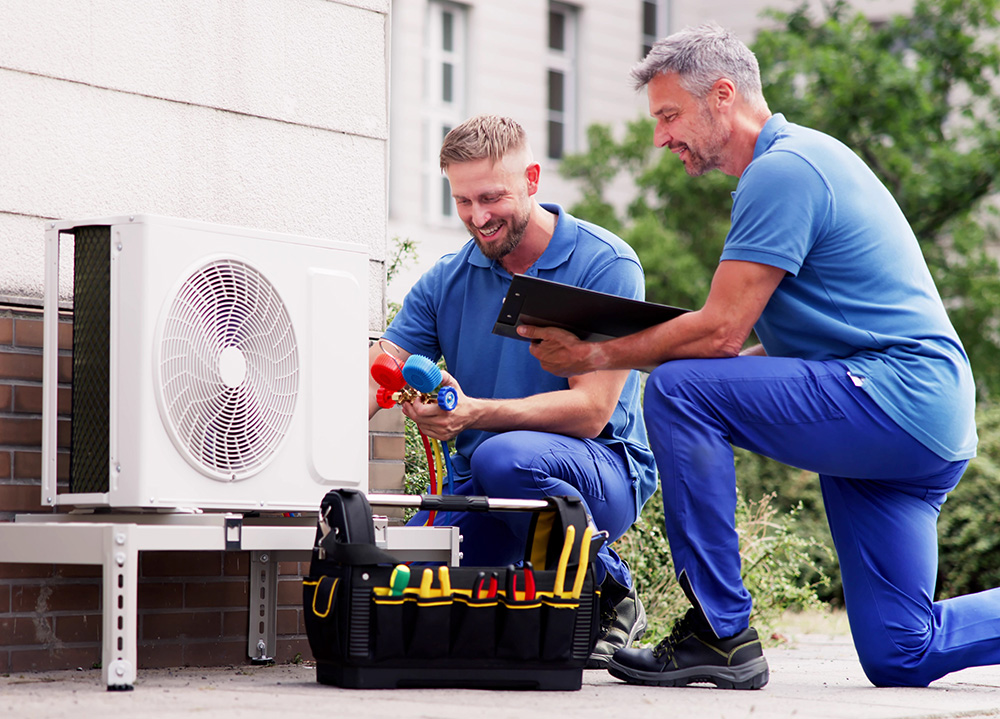In commercial buildings, air conditioning systems account for a significant portion of energy consumption. An inefficient system can lead to skyrocketing utility bills, inconsistent temperatures, and increased wear and tear on equipment. By optimising your HVAC system, you can reduce costs while maintaining a comfortable environment for employees and customers. Here’s how:
1. Schedule Regular Maintenance
Routine maintenance ensures that your air conditioning system operates at peak efficiency. Key maintenance tasks include:
✅ Cleaning and replacing air filters – Dirty filters restrict airflow, making the system work harder.
✅ Inspecting and servicing coils – Dust and debris build-up on evaporator and condenser coils reduce efficiency.
✅ Checking refrigerant levels – Incorrect levels can cause the system to overwork, increasing energy consumption.
2. Upgrade to Energy-Efficient Systems
Older AC units often consume more energy than necessary. Consider upgrading to:
✅ Variable Refrigerant Flow (VRF) systems – These adjust cooling output based on demand, reducing energy waste.
✅ High SEER-rated systems – A higher Seasonal Energy Efficiency Ratio (SEER) means better efficiency and lower costs.
✅ Smart thermostats – These optimise cooling schedules based on occupancy and real-time temperature readings.
3. Optimise Your Building’s Cooling Strategy
Even with a high-efficiency system, improper usage can lead to wasted energy. Implement these strategies:
✅ Use zoning controls – Cool only occupied areas to avoid unnecessary energy use.
✅ Improve insulation and sealing – Prevent cooled air from escaping through leaks, windows, and poorly insulated walls.
✅ Leverage natural ventilation – In cooler months, reduce reliance on AC by using fresh air circulation where possible.
By following these steps, commercial businesses can significantly reduce air conditioning costs while improving system longevity and indoor comfort. Need help optimising your HVAC system?
Contact BMS Ltd today for expert solutions tailored to your building’s needs.


0 comments